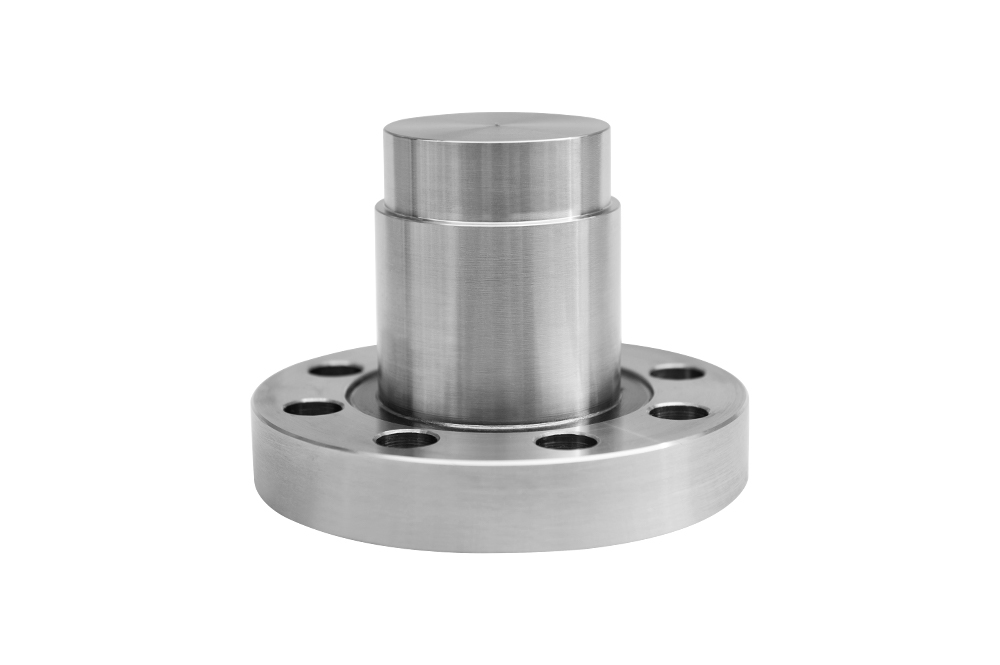Ball valves are widely used components in many industries due to their ability to provide reliable flow control with relatively simple operation. Among various types, the 4 inch brass ball valve is a common choice in applications requiring moderate pressure and temperature handling, while specialized agriculture ball valve models are tailored for irrigation and farming systems. Understanding how temperature and pressure affect ball valve performance is crucial for selecting the right valve and maintaining system efficiency.

Understanding Ball Valve Construction and Materials
A typical ball valve consists of a spherical ball with a bore through the middle, which rotates within a valve body to control fluid flow. The material of the valve, especially the body and internal components, plays a significant role in determining the valve’s operational limits.
The 4 inch brass ball valve uses brass for the valve body, which is a copper-zinc alloy known for its good corrosion resistance and machinability. Brass valves are often used in plumbing, water distribution, and low-to-medium pressure systems. Their ability to withstand various environmental conditions makes them suitable for many applications, but they do have temperature and pressure constraints.
The agriculture ball valve, on the other hand, is designed to meet the specific needs of irrigation systems, which often operate outdoors and under fluctuating environmental conditions. These valves must tolerate dirt, UV exposure, and seasonal temperature variations, as well as pressures commonly found in agricultural water delivery systems.
Impact of Temperature on Ball Valve Performance
Temperature influences the materials of the valve, the seals, and the overall mechanical behavior of the valve components. Brass has a moderate melting point and good thermal conductivity, but at elevated temperatures, it can soften or deform, which may reduce the valve’s ability to maintain a tight seal.
For the 4 inch brass ball valve, typical operational temperatures range from -20°C to about 120°C (depending on the specific design and seals used). Beyond this range, the valve body or internal seals could degrade, causing leakage or operational failure. In colder environments, brass contracts, and the sealing materials may become brittle, increasing the risk of leaks or mechanical damage if the valve is operated roughly.
In agriculture applications, the agriculture ball valve must also handle seasonal temperature changes, sometimes spanning from freezing conditions to hot summer days. Valves used in irrigation systems need seals that remain flexible and resilient across these temperature ranges. If temperatures rise too high, seal materials such as PTFE or rubber may lose elasticity, affecting their sealing performance. Conversely, very low temperatures can cause seal hardening or cracking.
Influence of Pressure on Ball Valve Performance
Pressure affects how well a ball valve can control flow and maintain its sealing integrity. The 4 inch brass ball valve is typically rated for pressure levels up to 600 PSI (pounds per square inch), but this rating depends on the valve design and application. Operating the valve at pressures higher than recommended can cause deformation of the ball, seat damage, or leakage.
In agriculture, the agriculture ball valve is often subjected to water pressures that vary based on pump output and elevation differences in the irrigation system. Pressure surges or spikes can place stress on the valve seats and seals, potentially pilot to premature wear. Therefore, valves used in such systems are selected to match the expected pressure range and incorporate design features to less wear.
Combined Effects of Temperature and Pressure
Temperature and pressure do not act independently in a system. Higher temperatures can reduce material strength and seal elasticity, making the valve more vulnerable under pressure. For example, at elevated temperatures, the 4 inch brass ball valve may experience a reduction in its pressure rating due to the softening of brass and the degradation of sealing components.
In agriculture applications, this interplay can be critical. During hot summer months, increased water pressure combined with higher ambient temperatures can accelerate wear on the agriculture ball valve, especially if the valve is operated frequently or left partially open, causing flow-induced vibrations and erosion.
Maintenance and Operational Considerations
To ensure long-term reliable performance of ball valves under varying temperature and pressure conditions, regular maintenance and inspection are essential. For both 4 inch brass ball valves and agriculture ball valves, monitoring for leaks, corrosion, and seal integrity helps identify early signs of failure.
Lubrication of the valve stem and checking the condition of seals can prevent operational issues. Additionally, choosing valves with materials and seals rated for the expected temperature and pressure range of the application can reduce downtime and repair costs.
The performance of ball valves, such as the 4 inch brass ball valve and the agriculture ball valve is closely linked to the operating temperature and pressure conditions. Understanding these influences helps in selecting valves suitable for specific applications and maintaining them for reliable operation. Proper material selection, seal design, and awareness of environmental factors all contribute to achieving consistent valve performance over time.